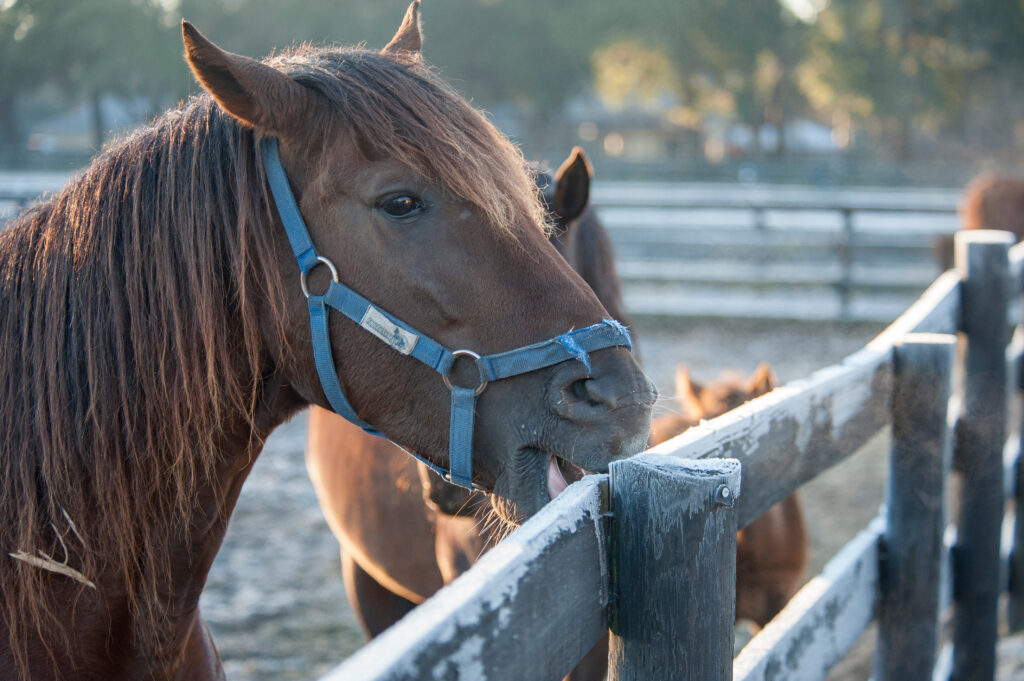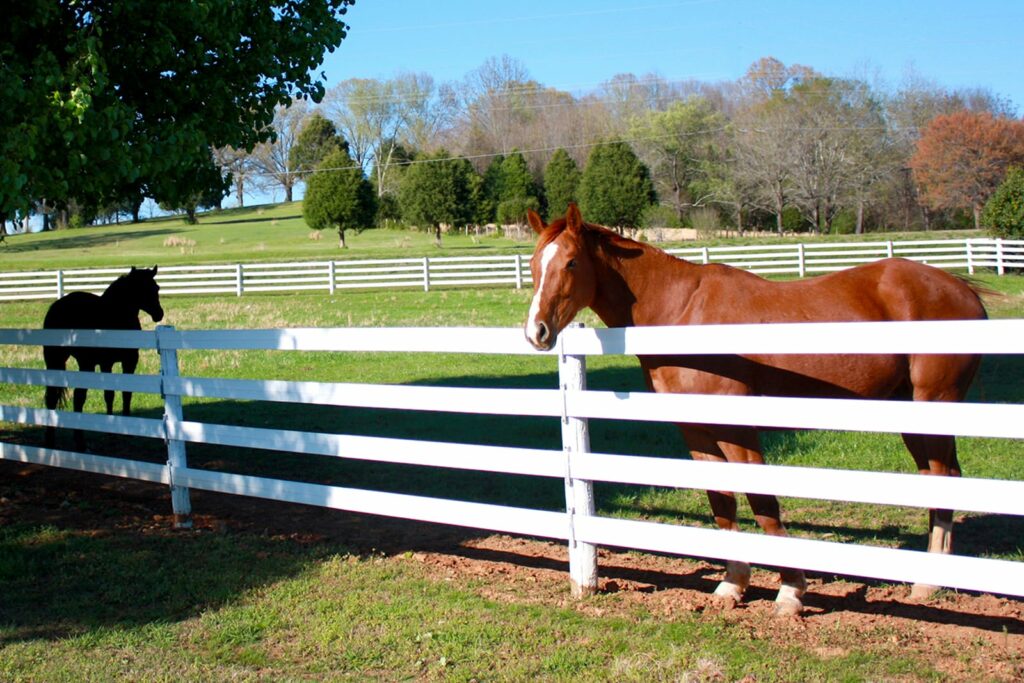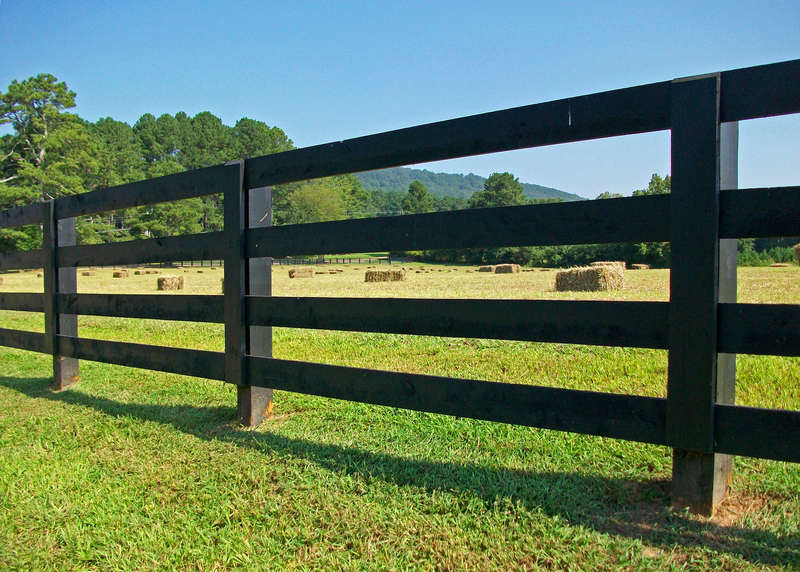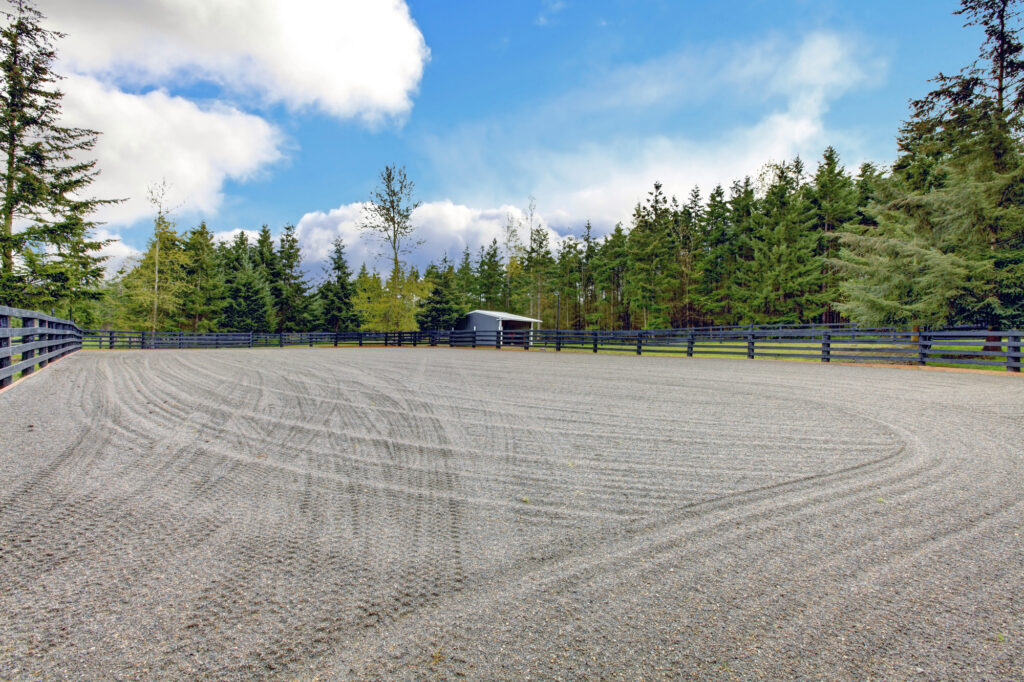
Stock & Noble
Is there a perfect solution for horse cribbing?
- BY Tripti Kakkar
The answer is: No. There is not a perfect solution for horse cribbing.
There are, however, different strategies you can employ to manage your horse’s cribbing as much as possible.
If you have a horse that loves to crib and have tried anything and everything that’s available on the market, you will agree with us too. In case you’ve found a magical cure then share with us, so we can help spread the word and let other horse owners benefit from it as well. However, we highly doubt that there exists a perfect solution to our favourite animal’s annoying habit that harms his health, the property and everyone’s peace of mind.
Horse cribbing also leads to a higher need for maintenance. The fences that are chewed on every day, will cost you time and money for either repainting the surface to cover the chipping and peeling or replacing rails that have been chewed off. Other than the destruction caused to the property, cribbing has been known to cause tooth decay, stomach ulcers and other health issues in horses.
We understand that cribbing might be one of the biggest stresses of a horse owner. There are claims and promises being made to stop it and prevent the horse from cribbing forever. We would advise you not to trust them. At Stock & Noble, we provide our partners with the finest fencing solution and have been trying to research and develop a product that can solve this issue.
So far, we have been able to create “Never Crib”. It’s not a permanent solution, but a deterrent that could help prevent your horses from cribbing. Just like other methods, this might or might not work depending on your horse.
This article will educate you on probable reasons why horses crib, different things you can try to manage your windsucking horse, and four ways to consider when implementing cribbing solutions.
Why do horses crib?
Honestly, no one knows.
There have been research, speculations and studies but no one has been able to reach a clear conclusion on why does a horse crib?
According to an article by Science Direct, the habit of cribbing is not common among wild horses. A horse’s maintenance is thought to be a major factor in cribbing. It may be influenced by boredom, temperament, stress, diet, and genetics. In order to override the cribber’s compulsive, repetitive action, it is important to help your horses control their behaviour.
What is the best way to stop horses from cribbing?
Once cribbing starts, it’s often a lifelong habit, so preventing horses from cribbing in the first place is very important.
The most impactful way to stop it is by making sure it never begins. It’s known to start in mostly young horses who are a few months old, so give them enough time out in the pasture, opportunities for social interaction and a good healthy diet.
There is no one solution to all your horse cribbing problems. One that might work for your horse, might not work for another. Below, we have listed 5 practices you can use to help manage the cribbing. The best idea is to try a combination, or all of them together and see what can rescue your horse from this habit.
Here are a few solutions you can try to manage your horse’s cribbing:
Increased social interaction
As you might already know, horses are extremely social. Give them enough time to interact with other horses or animals in your farm.
More pasture time
Horses aren’t made for smaller paddocks but bigger pastures. So, take them out as much as possible. It’s a simple yet effective way to keep your horse healthy, happy and busy thus reducing their craving to crib.
Healthy diet
It seems to be a popular belief that grains with higher sugar content might lead to an increase in cribbing. However, it’s best to take a consultation from your Vet, understand the health and dietary needs of your horse and follow an expert’s opinion.
Electric Fencing
This might be the most effective way to help your horse in cutting down on his cribbing.
A fencing solution like Horserail® Hottop plus – with an electric top and bottom rail is a good way to prevent your horse from cribbing on the fence. However, these flexible plastic rails are attached either to Pine or Plastic posts which horses often find a way to gnaw on.
If you already have Timber Fences installed on your horse property, you can add Equirope on top for added protection. If your horses are extremely driven when it comes to cribbing, they might find a way to chew the bottom rails.
Steel Fencing
Horses usually do not like the taste of metal and even if they crib steel fences out of habit all they manage to do is chip off the paint.
While gnawing on Timber, horses get the satisfaction of chewing off big pieces of wood, which often pose a choking hazard. Steel Fences aren’t favoured by horses and no matter how much they crib; the fences won’t break or harm the horse or the property.
Anti-Crib Solution
Another way to deter your horses from cribbing is to make the surface they love to eat taste so bitter, that horses feel repulsed and are demotivated to continue cribbing.
There are several paints and solutions in the market which claim to do so. However, like we earlier said, the solutions might work for one horse and not for another. Test it, before you trust it.
- Never Crib from Stock & Noble It is a concentrate developed by Stock & Noble that is used in our premium paints and also sold separately to be applied on fences. It’s a deterrent and not a prevention. This solution has been proven safe to be used on race horses and is certified to not impact the drug test.
- Derivan Anti-Crib Paint It’s a clear paint to be used on Timber that can help prevent horses from cribbing.
- Cribox Paint This is a paste that needs to be applied on areas that are favoured by horses and cla ims to stop them from cribbing.
- Joseph Lyddy’s Crib Stop Spray This solution can be sprayed on the places where horses chew or bite and claim to prevent the destructive chewing and biting habits of horses.
For obvious reasons, the maximum information we have is on our solution “Never Crib”. However, we have provided the links to other paints and sprays for your knowledge and reference. It would be best if you do a thorough check on these solutions through their website.
4 Things to consider while implementing the horse cribbing solutions
As you try and test different ways to help your horses, it’s important to remember that changing any habit requires time and effort. So be patient and practice these few things while you put your ideas into action.
1. Use horse-safe methods
First, try to improve the diet and lifestyle of your horses. Use products with ingredients that are safe for your animals. For example,“Never Crib” is made with the same ingredient that’s used to stop little kids from chewing on their finger nails. It’s a good idea to avoid extreme ways like crib collars or neck surgeries.
2. Educate the horse
Work with your horse to make any solution work.
For example, when you paint the fences with an anti-crib solution like “Never Crib”, apply paint with the horse around you. Bring him to the fence, let him sniff it and taste the paint. The bitter taste will immediately act as a repellent, and he will understand where it’s coming from, and the rails are not supposed to be eaten anymore.
3. Re-apply the product
Horses won’t give up cribbing easily.
It gives them a sense of relief and they get addicted to it. So, if they chew the paint or anti-crib product off, reapply it and educate them once again. Don’t give up.
4. Use a combination
For best and most effective results, try a couple of solutions together and help your horses. If you electrify your top rail, paint the bottom rails with an anti-crib solution like Never Crib to deter them as much as possible.
Are you ready to help stop your horses’ cribbing?
In this article, you learned that cribbing is a lifelong habit, so preventing it is also a lifelong practice. Sometimes the solution works wonderfully, and your horse might stop cribbing for a while or give it up. In our experience, most solutions work in reducing the time spent in cribbing and thus the negative effects related to it. We are yet to see a horse who gives up cribbing completely.
Now you know you shouldn’t trust anyone who claims to be able to completely stop horse cribbing. The better way is to try different methods including the right type of fencing, anti-crib paints, a healthy lifestyle, and expert advice.
If you have more questions on the safety and application of anti-crib solutions, need ideas on how to educate your horses and seek information on managing different preventive methods, then speak to our fencing experts. We are there to guide you in every possible way and help build a healthy and safe equine property for you and your animals.




I had my horse on a cribbing collar but it didn’t work unless I made it too tight. She is in my pasture that has electric tape on one side and a high non-climb horse fence on the other. I figured out that I would get wire…the thicker than chicken wire stuff…and cut it about 6 inches wide and zip tied it along the top and middle rails of the enclosure. Works great!
If I were an inventor, I would invent a wide metal piece (like 6″ x 6″) that could connect to the pipe rails and wooden fence to stop them from being able to grab it. Any of you that wants to take my idea…go for it.
That’s a good idea Maureen. However, we recommend using a material that horses have no interest in chewing. Like our Premium Steel Post and Rail. It’s designed for horses, is safe to use, and has no sharp edges, nails or shards. You can learn more about it on our learning hub